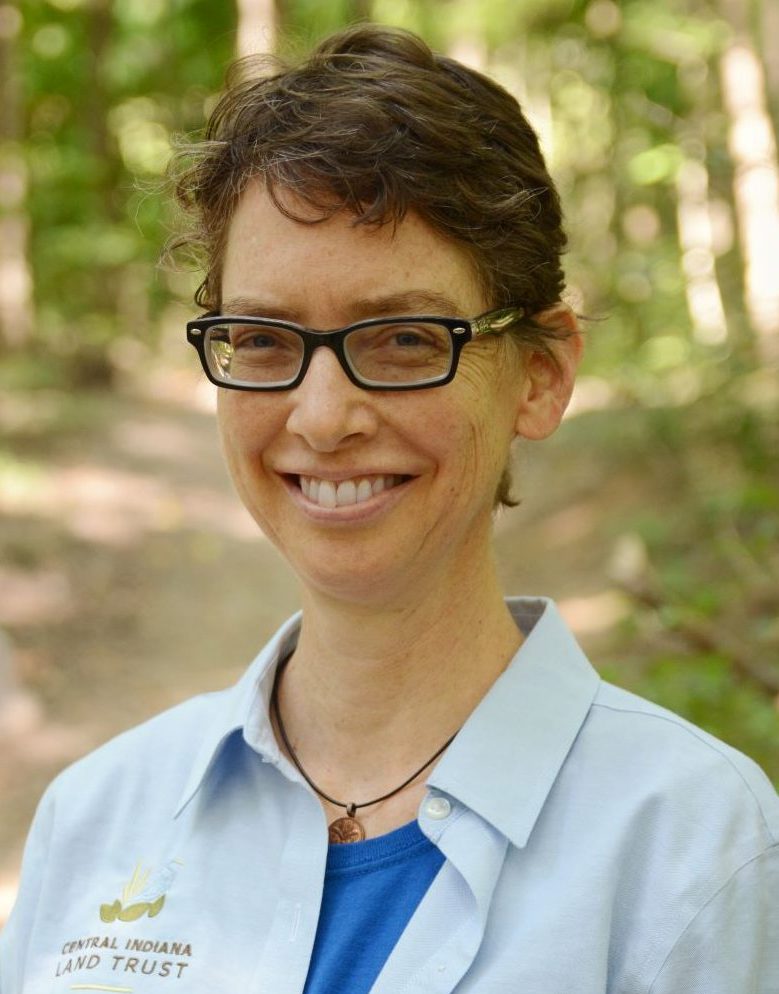Did you know that women historically played a key role in advancing the botany field? In fact, in 19th century US, botany was considered a feminine affair. Many upper-class women collected, drew, and wrote about plants. They pursued this course of study both out of interest and because it was a socially acceptable ladies’ pastime.
The study and illustration of plants was considered a “moralizing” pursuit and a way to celebrate Divine handiwork. Textbooks on the subject were readily available, and many of these had been written by women for a female audience. One of the early botany writers, Connecticut-born Almira Hart Lincoln Phelps, considered women especially suited to study botany’s “beautiful and delicate” subjects.
Women’s serious interest in plants led many to contribute to herbaria, and a relative few broke barriers to get their PhDs. While only 17 women botanists received PhDs by 1899, a recent survey identified nearly 1500 women botanists in 19th century America—and these are presumably just the ones that left some kind of paper trail. Many more were lost to history.
In the second half the 19th century, botany began to be considered more of a professional science. This hurt women’s participation, since most were barred from higher education. But some still found a way to break into the field through their illustration skills.
 Mary Agnes Chase was one such pioneer. The Illinois native only received an elementary school education, but after her husband died in 1889, she began working toward a botany career.
Mary Agnes Chase was one such pioneer. The Illinois native only received an elementary school education, but after her husband died in 1889, she began working toward a botany career.
By 1901 she was volunteering as a botanical assistant at the Field Museum of Natural History in Chicago. She passed the USDA’s exam to become a botanical illustrator in 1903.
Working for Albert Spear Hitchcock at the National Herbarium in Washington D.C., she rose in the ranks, specializing in grasses. Eventually she headed the USDA’s Systematic Agrostology (botanical study of grasses) department.
Shown here is one of her illustrations, of Agrostis hyemalis (Winter Bentgrass).
In the spirit of Women’s History Month, we celebrate the scientific contributions of women like Phelps and Chase.
Sources: Art is a Science, from LadyScience.com, When Botany Was for Ladies, from JStor Daily

Shawndra Miller
Communications Manager